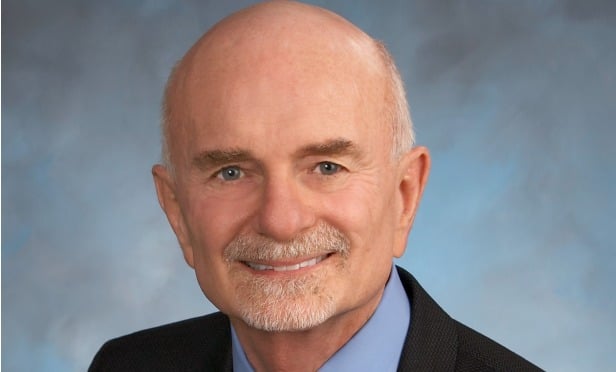Multifamily deal volume fell this after record-breaking transaction activity in 2015 and 2016. Institutional players specifically sat on the sidelines, while private investors remained active—at least for the limited deals available. There were several factors that contributed to the slowdown, including the growing length of the cycle.
“For the most part, the private capital owns the market. The pension fund advisors and the REITs are sitting on the sidelines,” Gary Goodman, SVP of acquisitions at Passco, tells GlobeSt.com. That is because those investors used consultants, and the consultants are concerned about where we are in terms of the cycle and cycles don't last more than seven to nine years. There is this consensus that people should wait for the next buying opportunity. I think it is a false view of things because cycles don't die on their own. Usually, there is a black swan event that occurs.”
Uncertainty was also a factor in the dip in transaction volume. The new administration drove uncertainty as well as volatility with interest rates, according to Goodman. Because of this uncertainty, hesitant sellers kept their properties off the market. “I think that is partly because of the election. The day after the election, interest rates bounced up 40 or 50 basis points, and a lot of sellers wanted to wait to see if interest rates would come down—which, of course happened,” he says. “Additionally, there were a lot of buyers, like us, sitting on the sidelines because there weren't any deals available. That first quarter was really a wipeout in terms of deal volume.”
Recommended For You
Want to continue reading?
Become a Free ALM Digital Reader.
Once you are an ALM Digital Member, you’ll receive:
- Breaking commercial real estate news and analysis, on-site and via our newsletters and custom alerts
- Educational webcasts, white papers, and ebooks from industry thought leaders
- Critical coverage of the property casualty insurance and financial advisory markets on our other ALM sites, PropertyCasualty360 and ThinkAdvisor
Already have an account? Sign In Now
*May exclude premium content© 2025 ALM Global, LLC, All Rights Reserved. Request academic re-use from www.copyright.com. All other uses, submit a request to [email protected]. For more information visit Asset & Logo Licensing.









